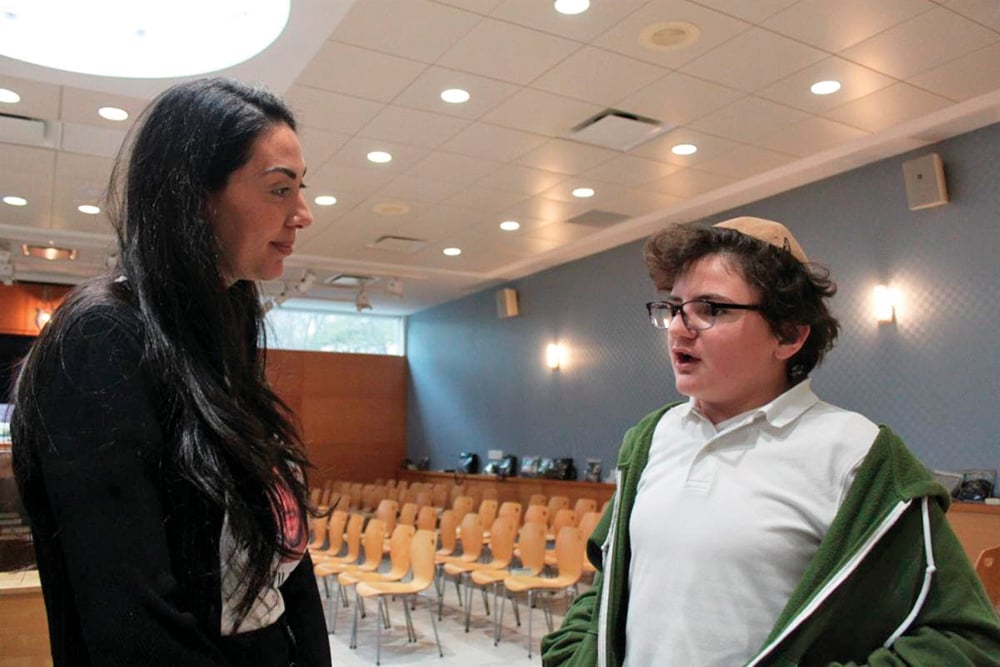
Brisket is the boneless meat on the lower chest of beef or veal. It worked its way into Jewish cuisine because of the location of the meat and the low cost. In the 1900s, it appeared on Jewish deli menus, particularly in Texas where the butchers, who emigrated from Germany and Czechoslovakia, had trouble selling the slow-cooking cut and created a way to dry smoke it and preserve it.
The beef brisket is one of the nine beef primal cuts, though the precise definition of the cut differs internationally. The brisket muscles include the superficial and deep pectorals. As cattle do not have collarbones, these muscles support about 60% of the body weight of standing or moving cattle. This requires a significant amount of connective tissue, so the resulting meat must be cooked correctly to tenderize the connective tissue.
The term is derived from the Middle English brusket,which comes from the earlier Old Norse brjósk, meaning cartilage. The cut overlies the sternum, ribs and connecting costal cartilages.
In traditional Jewish cooking, brisket is most often braised as a pot roast, especially as a holiday main course. For reasons of economics and kashrut, it was historically one of the more popular cuts of beef among Ashkenazi Jews. Brisket is also the most popular cut for corned beef, which can be further spiced and smoked to make pastrami.
Stephanie Pierson, and author and food writer, actually wrote “The Brisket Book, A Love Story with Recipes,” in 2011.
Here are some recipes if you want to be traditional.
Mom’s (z”l) Easy-to-Make Brisket
Servings: 6-8
- 4-pound brisket
- ⅔ package onion soup mix
- paprika
- parsley flakes
- dill
- 6 carrots
- 8 potatoes
Preheat oven to 350 F.
Place the brisket in a foil-line baking pan. Sprinkle onion soup mix,paprika, parsley flakes and dill on top. Add carrots and potatoes. Seal in foil.
Bake in the preheated oven for 1 hour per pound.
Ruth was an acquaintance in Chicago, and I really liked her version:
Ruth’s Brisket
Servings: 8-10
- 4-pound brisket
- vegetable or olive oil
- 4 sliced onions
- ¾ cup ketchup
- 1 tablespoon chili powder (less for sweet brisket)
- 1 chopped garlic clove
- 2 tablespoons wine vinegar
- 2 tablespoons Worcestershire sauce
- Paprika
- 1 cup boiled water
Preheat oven to 325 F.
Heat oil in a frying pan. Sear meat in oil on both sides.
Add onions, ketchup, chili powder, garlic, wine vinegar, Worcestershire sauce, paprika and boiled water and cook for 15-30 minutes.
Spoon into a baking pan. Bake in preheated oven for 3 hours or until tender.
Brisket and Fruit
Servings: 8-10
- 2 sliced onions
- 1 brisket (3-4 pounds)
- 1½ cups beer or wine
- 1 cup pitted prunes
- 1 cup dry apricots
- 3 tablespoons brown sugar
- 2 tablespoons orange marmalade
- 1 teaspoon brandy
- 1 teaspoon grated lemon peel
- Juice of 1 lemon
- ¾ teaspoon ground ginger
- ½ teaspoon cinnamon
- ½ teaspoon Worcestershire sauce
Preheat oven to 350 F. Line a baking pan with foil to cover the brisket.
Sprinkle half of the onions on the foil, place brisket on top, place remaining onions on top of brisket and seal. Roast for 3 hours.
Combine beer or wine, prunes, apricots, sugar, marmalade, brandy, lemon peel, lemon juice, ginger, cinnamon and Worcestershire sauce in a bowl and blend.
Spread mixture on top of brisket. Reduce heat to 300 F. Cover the baking pan and cook for one hour, adding more beer or wine if sauce appears dry.
Sybil Kaplan is a journalist, author, compiler/contributor/editor of 9 kosher cookbooks (working on a 10th) and food writer for North American Jewish publications. She lives in Jerusalem, where she has led weekly walks of the Jewish food market, Machaneh Yehudah, in English since 2009. She wrote the kosher Jerusalem restaurant features for Janglo.net, the oldest, largest website for English speakers from 2014 to 2020.













